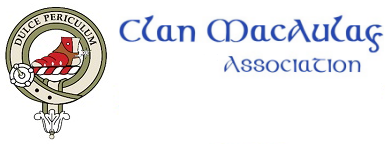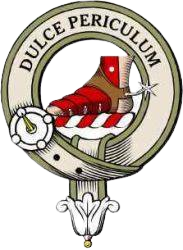Ceilidh Dancing & Scottish Country Dancing
2021 Holiday Cheer Virtual Event
8 December 2021Clan MacAulay Memberships Make Great Gifts!
15 December 2021Ceilidh Dancing vs. Scottish Country Dancing vs. Reeling – What’s the difference?
Ever wonder what distinguishes Ceilidh Dancing, Scottish Country Dancing, and other forms of Scottish dance? Here’s a quick primer that will answer your questions and prepare you for the fun the Clan will have at the upcoming 2022 Gathering!
Ceilidh Dancing
‘Ceilidh’ (pronounced ‘Kay-lee’) is the Gaelic word for gathering. It’s also a type of dancing that is relatively informal, done in couples or groups to traditional Scottish and Irish tunes, usually played by bands featuring fiddles, accordion, and keyboard.
Scottish ceilidh dancing is great fun – energetic, uplifting, and sociable. It is a common form of entertainment in Scotland, and the UK in general. Ceilidh dancing is frequently an integral part of wedding receptions, birthday parties, and other celebrations.
Ceilidh dances are simple, and no experience is necessary as all the dances and moves are cued by a caller, making it easy to follow. Just about anyone can get up and join the dance. A caller selects the dances and provides basic instruction to ensure everyone can have a good time.
A major reason ceilidh dancing is such fun is the rousing music used – Scottish and Irish traditional reels and jigs. A typical ceilidh dance event consists of a mix of dances, some with a partner dancing as a group with other couples, and some with a partner dancing around the room. Favorite dances include Strip the Willow, Gay Gordons, Canadian Barn Dance, and Virginia Reel. Examples can be seen on YouTube by searching for “Scottish ceilidh Dancing.”
Scottish Country Dancing
Scottish Country Dancing (SCD) as practiced by many around the world tends to be more formal than ceilidh dancing and incorporates some ballet-style footwork. Where there are a limited number of ceilidh dances, there are over 1,000 dances published by the Royal Scottish Country Dance Society and many thousands more published in other sources. It takes practice to become proficient in SCD, but the effort pays off in the fun and sociability and the friendships you make.
Reeling
Scottish Reeling has elements of ceilidh dancing and SCD. As in ceilidh dancing, there is not particular footwork involved and most of the ceilidh dance repertoire overlaps with the reeling repertoire. There are also some Scottish country dances that are included in the reeling repertoire, but these are best done by those who already know the dances. These include The Eightsome Reel, The Duke of Perth, Hamilton House, The Dashing White Sergeant, and the Reel of the 51st Division. This is the type of dancing that the Royal Family does at the Ghillies Ball at Balmoral (https://youtu.be/uyVZCiPGeYQ).
Music
In all three types of Scottish dancing, the same reels and jigs, and the occasional waltz and schottische, are played to accompanying the dances. The main difference is that Scottish Country Dancing includes are large repertoire of strathspeys, which are danced to a slower tune. Strathspeys are never included on a ceilidh dance program, and rarely on a reeling program, typically restricted to The Glasgow Highlanders.







